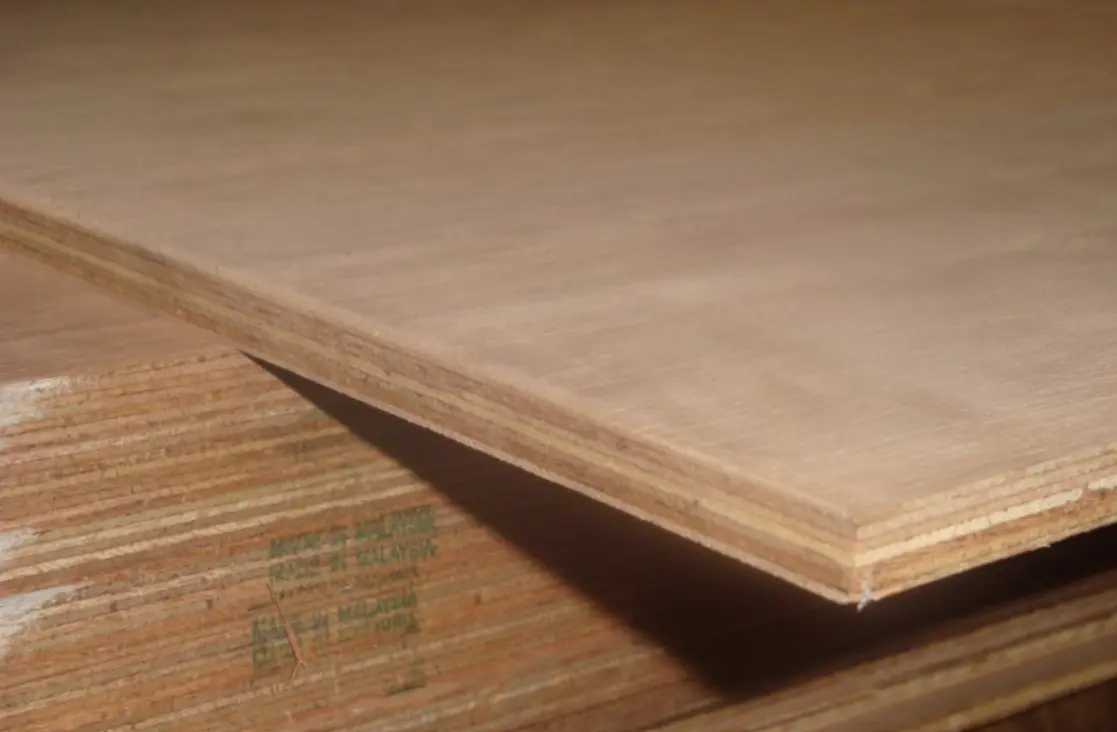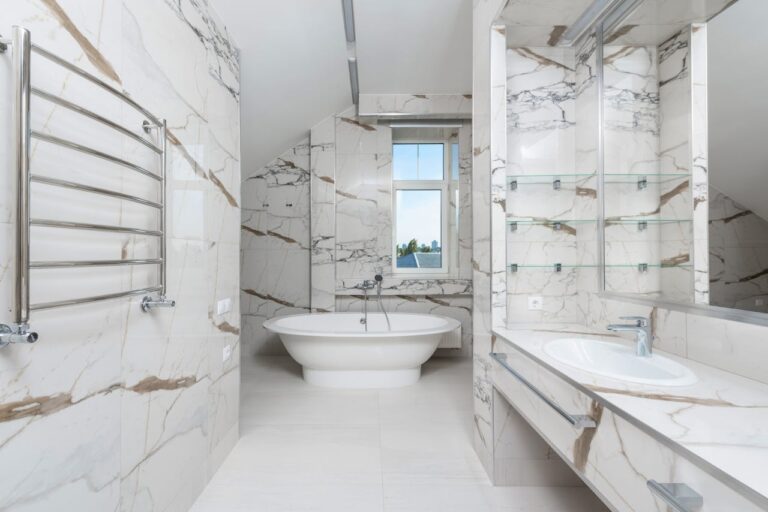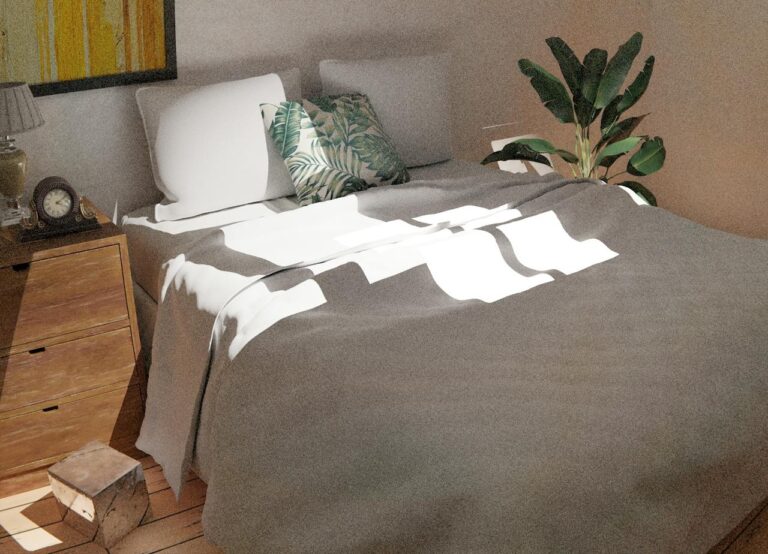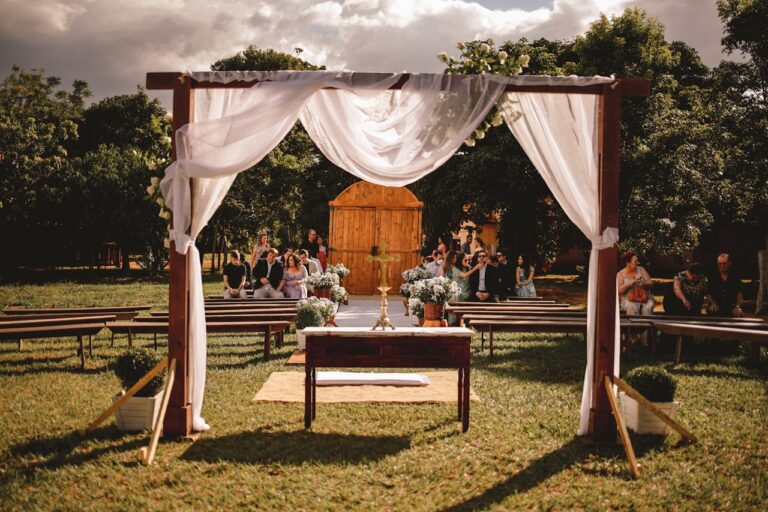
In a world increasingly conscious of environmental impact, building materials are undergoing a green revolution. Among these, marine plywood stands out—not just for its durability and water resistance but also for its eco-friendly attributes. Whether for boat building, outdoor furniture, or interior design, marine plywood offers a perfect blend of sustainability and performance.
What Makes Marine Plywood Eco-Friendly?
Unlike conventional plywood, marine plywood is crafted from high-quality hardwood veneers bonded together using waterproof adhesive, ensuring it withstands moisture without warping or delaminating. But the eco-friendly factor comes from responsibly sourced wood. Many manufacturers now source timber from certified sustainable forests, following strict guidelines that minimize deforestation and encourage reforestation.
Additionally, modern marine plywood production often uses non-toxic adhesives and formaldehyde-free resins, reducing the release of harmful chemicals into the environment. This makes it a healthier choice for indoor spaces while supporting greener manufacturing practices.
Durability Meets Sustainability
Marine plywood’s exceptional resistance to water, humidity, and fungal attack makes it a material that lasts decades with minimal maintenance. Its durability directly translates to sustainability: fewer replacements mean less waste, lower energy consumption, and reduced demand for raw timber over time. Investing in marine plywood is, in effect, investing in a long-term, eco-conscious solution for construction and design projects.
Versatility in Eco-Friendly Projects
Marine plywood is not only sustainable but also highly versatile. Its robust structure allows architects and designers to craft furniture, decking, cabinetry, and even boats without compromising environmental standards. Its smooth finish is ideal for painting, laminating, or varnishing with eco-friendly coatings, giving a stylish look while keeping the project green.
For outdoor projects, marine plywood resists moisture and decay, reducing the need for chemical treatments that could harm the environment. Indoor projects benefit from low-emission adhesives, making it suitable for homes, schools, and offices where air quality matters.
Also Read: Achieve a Pristine Lawn: Effective Broadleaf Weed Control for Buffalo and Couch Grass
Supporting a Circular Economy
Choosing marine plywood also supports a circular economy in the timber industry. Many manufacturers recycle wood scraps and optimize veneer use to reduce waste. This ensures that almost every part of the raw material finds a purpose, lowering the overall carbon footprint of production.
Final Thoughts
Marine plywood proves that durability and eco-friendliness can go hand in hand. By opting for sustainably sourced, water-resistant, and long-lasting wood, homeowners, builders, and designers can create projects that are both stylish and responsible. Its combination of strength, versatility, and green credentials makes marine plywood a go-to material for modern, eco-conscious design.
When selecting materials for your next project, consider marine plywood not just for its practicality but for its commitment to sustainability, durability, and environmental responsibility. Choosing eco-friendly options today ensures a greener, more resilient tomorrow.








